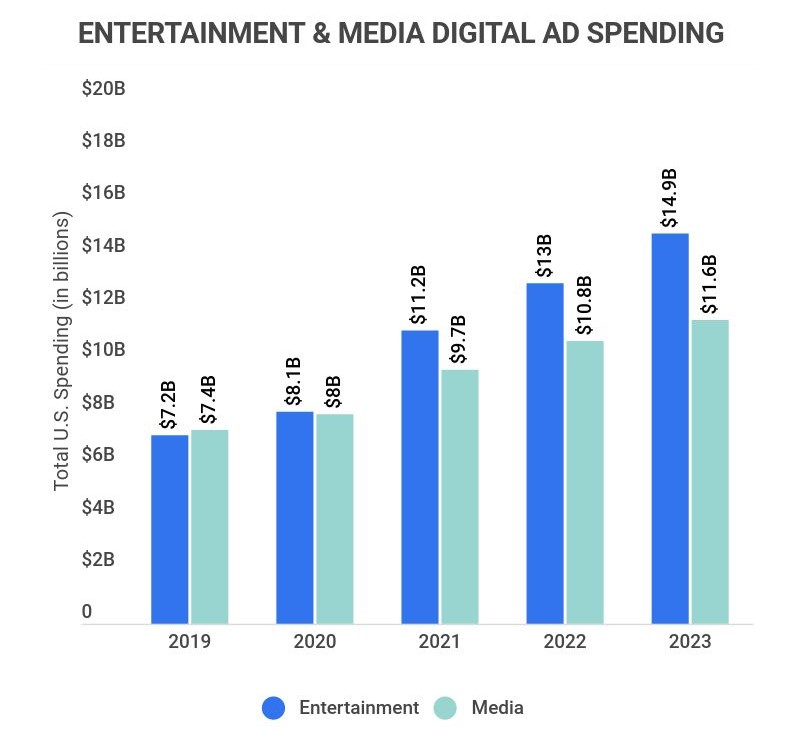Tech Versum: Explore the Future of Technology
Dive into the latest trends and innovations in technology with Tech Versum.
Streaming Stole the Show: What’s Next for Movie Theaters?
Discover how streaming reshaped cinema and uncover the future of movie theaters in our eye-opening analysis!
How Streaming Services are Shaping the Future of Movie Theaters
The rise of streaming services has dramatically transformed the landscape of the film industry, influencing how audiences consume content and redefining the traditional movie theater experience. With streaming platforms like Netflix, Amazon Prime, and Hulu offering vast libraries of films and original programming, movie goers are increasingly choosing to watch from the comfort of their homes. This shift has prompted theaters to adapt, incorporating new technologies and enhanced amenities to draw viewers back. Movie theaters now emphasize immersive experiences, leveraging advanced sound systems and cutting-edge visuals that streaming cannot replicate.
Moreover, the impact of streaming services on film distribution has been profound, encouraging studios to rethink their release strategies. Many films are now opting for simultaneous releases in theaters and online platforms, a strategy that caters to diverse audience preferences while maximizing viewership. As this trend continues, it is vital for movie theaters to embrace innovation and explore partnerships with streaming services to provide unique experiences, such as exclusive screenings or interactive events. Ultimately, the future of movie theaters may lie in their ability to evolve and coexist alongside streaming services, creating a cohesive ecosystem that caters to all types of film lovers.

The Impact of Streaming on Box Office Revenue: What's the Trend?
The rise of streaming services has significantly altered the landscape of film consumption, leading to a noticeable decline in traditional box office revenue. Consumers now have access to a vast library of films and shows at their fingertips, making it easier for them to opt for streaming platforms over visiting theaters. According to recent studies, box office earnings for major releases have declined by as much as 20% since the advent of popular streaming services. This shift not only affects revenue but also impacts the decision-making process for filmmakers and studios regarding release strategies.
Despite the challenges posed by streaming, there has been an interesting trend emerging—films that are released simultaneously in theaters and on streaming platforms tend to perform well at the box office. This hybrid approach allows studios to capture both traditional audiences and those who prefer the convenience of at-home viewing. Experts suggest that adapting to these new consumer behaviors is essential for the industry's survival, as the demand for digital content continues to soar. Ultimately, navigating the tension between streaming and cinema could redefine the future of film financing and distribution.
Will Movie Theaters Adapt to Streaming or Fade Away?
The rise of streaming services has revolutionized the way audiences consume content, leading to the pressing question: Will movie theaters adapt to streaming or fade away? With platforms like Netflix, Hulu, and Disney+ offering a vast library of films at the touch of a button, traditional theaters face immense pressure to innovate. Many are exploring new concepts, such as premium experiences that combine dining, comfortable seating, and exclusive screenings. Additionally, some theaters are beginning to offer simultaneous releases, allowing viewers to choose between watching a movie at home or in a theater. This adaptability could be key to their survival in an age increasingly defined by convenience.
However, the challenge remains significant. Despite efforts to enhance the cineplex experience, viewership drops have raised concerns about the sustainability of brick-and-mortar theaters. Moviegoers may prioritize the accessibility and affordability of streaming over the experience of watching a film on the big screen. To capture their attention, theaters must not only embrace new technology but also reimagine the value they offer. As the lines between streaming and theatrical releases continue to blur, the future of cinema may depend on understanding and catering to shifting consumer preferences while providing an atmosphere that a living room simply cannot replicate.